The concept of the sugar code represents one of the most fascinating frontiers in glycobiology, revealing how complex carbohydrates on cell surfaces serve as an intricate information storage system. Unlike the linear sequences of DNA or proteins, glycans form highly branched structures that encode biological information in their unique arrangements. This molecular language plays a critical role in cell-cell communication, immune recognition, and disease mechanisms, yet its complexity continues to challenge researchers.
At the heart of the sugar code lies the staggering structural diversity of glycans. A relatively small set of monosaccharides can combine in countless ways, creating an alphabet far more expansive than that of nucleotides or amino acids. These glycan structures are not random; their precise arrangements form specific binding sites for proteins, pathogens, and other molecules. The dynamic nature of glycan expression adds another layer of complexity, as cells can rapidly modify their sugar coats in response to environmental cues or developmental stages.
The information storage capacity of cell surface glycans operates through several sophisticated mechanisms. Lectins, a class of proteins that specifically recognize glycan structures, act as readers of this sugar code. The binding between glycans and lectins is typically weak, but multivalent interactions create high-affinity, highly specific recognition systems. This allows cells to display context-dependent information through subtle modifications in glycan density, clustering, or presentation. Such systems enable everything from embryonic development to the precise targeting of immune cells.
Recent breakthroughs have demonstrated how pathogens exploit the sugar code for infection. Many viruses and bacteria have evolved to recognize specific host glycans as entry points. Similarly, cancer cells frequently alter their glycan profiles to evade immune detection or promote metastasis. These findings have spurred interest in glycan-based therapeutics and diagnostics, with several glycan-targeting drugs now in clinical trials for conditions ranging from influenza to autoimmune disorders.
Technological limitations have long hindered progress in deciphering the sugar code. Traditional sequencing techniques developed for DNA and proteins often fail with glycans due to their structural complexity and heterogeneity. However, advances in mass spectrometry, nuclear magnetic resonance spectroscopy, and glycan microarray technology are finally providing the tools needed to systematically analyze glycan structures and their interactions. These technological leaps are enabling researchers to begin compiling comprehensive glycome databases and mapping the rules governing glycan-mediated information storage.
The implications of fully understanding the sugar code extend across medicine and biotechnology. In immunology, glycan-lectin interactions govern everything from inflammatory responses to immune tolerance. In neuroscience, specific glycans guide axon growth and synaptic formation during development. Even the microbiome communicates with host cells through glycan recognition systems. As research progresses, we may see artificial glycans designed for drug delivery, glycan-based vaccines, and synthetic lectins engineered for therapeutic targeting.
Despite these advances, the field faces significant challenges. The lack of a direct template for glycan biosynthesis (unlike DNA's role for proteins) means glycan structures are highly sensitive to cellular conditions. This context-dependence makes glycan analysis particularly difficult but also explains their evolutionary role as sensors of cellular state. Additionally, the sugar code appears to work in concert with other signaling systems, creating networks of staggering complexity that we are only beginning to appreciate.
Future research directions are likely to focus on several key areas. First, developing standardized methods for glycan analysis and data sharing will be crucial for building predictive models of glycan function. Second, understanding how glycans participate in large-scale cellular information networks may reveal new principles of biological organization. Finally, translating basic discoveries into clinical applications represents both a challenge and opportunity that could transform areas like regenerative medicine and cancer immunotherapy.
The sugar code represents a parallel language of life that has evolved alongside the more familiar genetic code. Its study promises not only to answer fundamental questions about biological communication but also to provide powerful new tools for medicine. As glycobiology moves from a niche field to mainstream recognition, the coming decades may well see the sugar code take its place alongside DNA and proteins as a cornerstone of molecular biology.

By /Jul 3, 2025
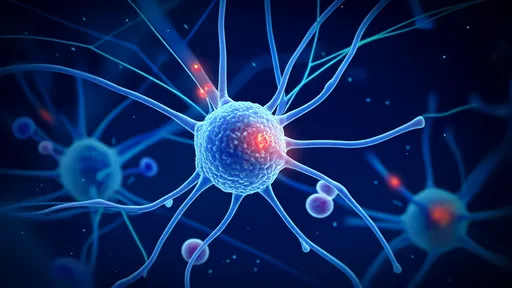
By /Jul 3, 2025
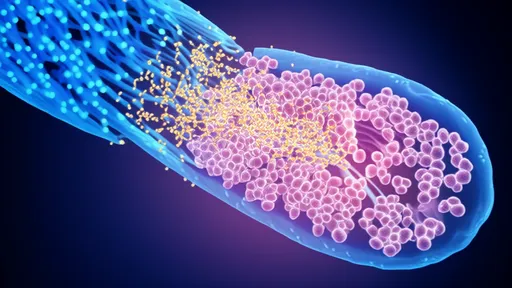
By /Jul 3, 2025
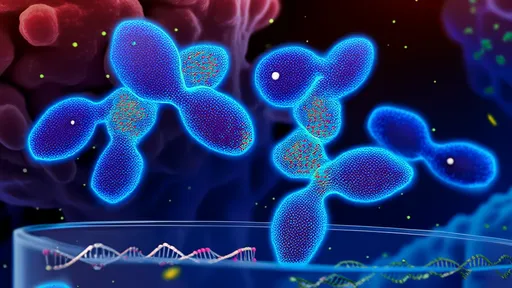
By /Jul 3, 2025

By /Jul 3, 2025
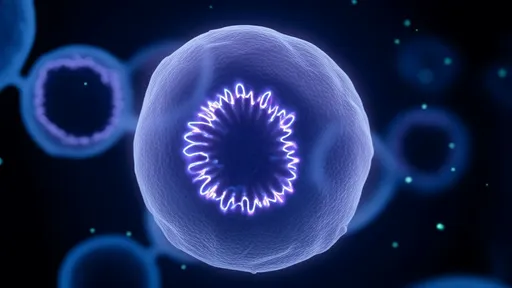
By /Jul 3, 2025
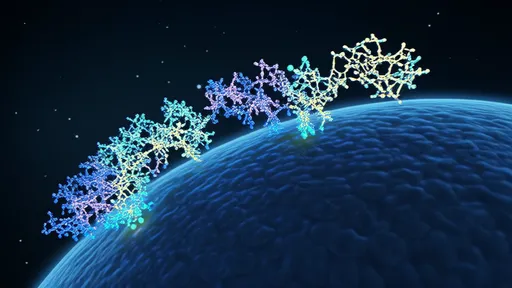
By /Jul 3, 2025
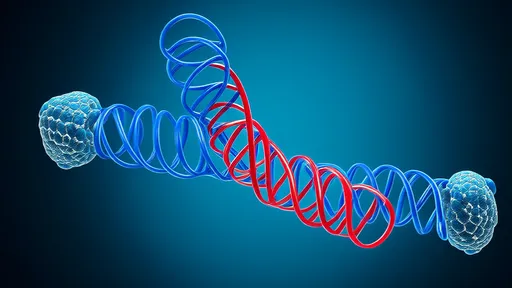
By /Jul 3, 2025

By /Jul 3, 2025
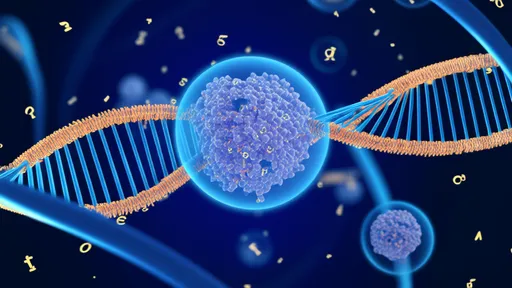
By /Jul 3, 2025

By /Jul 3, 2025

By /Jul 3, 2025

By /Jul 3, 2025

By /Jul 3, 2025

By /Jul 3, 2025
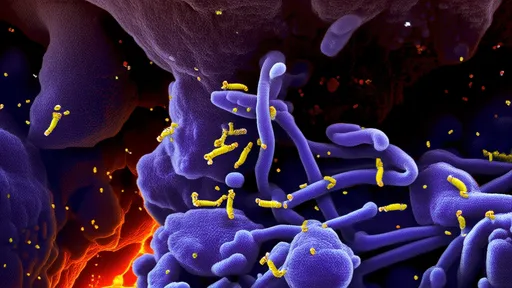
By /Jul 3, 2025
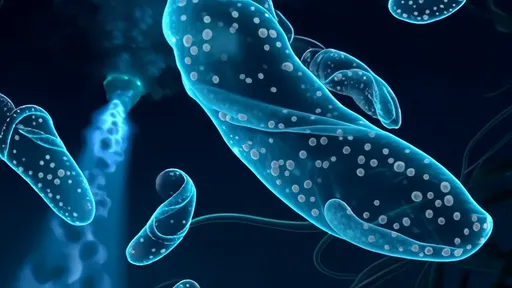
By /Jul 3, 2025

By /Jul 3, 2025